Peru Inca Land is a country rich in history and culture, with numerous historical sites and places to visit. From the iconic Machu Picchu to the lesser-known ruins of Kuelap, visitors can experience the country’s rich past and learn about its diverse indigenous cultures.
Other important historical sites include the Nazca Lines, Chan Chan, and the ancient city of Caral. Whether exploring the Incan ruins of Cusco or discovering the pre-Columbian art and architecture of Chavin de Huantar, travelers to Peru will not be disappointed in the abundance of historical and cultural sites to visit.
Here is a list of the most important sites to explore:
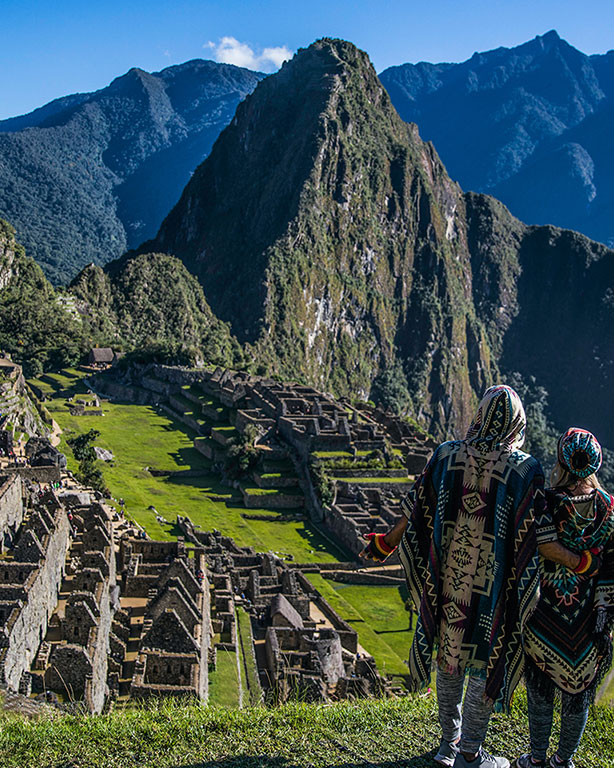
- Machu Picchu
- Cusco City
- Sacsayhuaman
- Ollantaytambo
- Moray
- Pisac
- Choquequirao
- Nazca Lines
- Huaca Pucllana
- Chan Chan
- Kuelap
- Caral
- Pachacamac
- Chavín de Huantar
- Raqchi
- Tiwanaku
- Lake Titicaca
- Arequipa
- Huayna Picchu
- Qenko
Note that this is not an exhaustive list, and there are many other historical sites and places to visit in Peru.
- Machu Picchu: Machu Picchu is an ancient Incan citadel located in the Cusco region of Peru. It is considered one of the most important historical sites in South America and is often referred to as “The Lost City of the Incas.” Machu Picchu was built in the 15th century and abandoned during the Spanish conquest in the 16th century. The site remained largely unknown to the outside world until it was rediscovered by Hiram Bingham in 1911. Today, Machu Picchu is a UNESCO World Heritage Site and attracts millions of visitors each year. Visitors can explore the ruins of Machu Picchu on guided tours or by themselves. Highlights of the site include the Temple of the Sun, the Intihuatana stone, and the Temple of the Three Windows. Visitors can also hike to the top of Huayna Picchu, the mountain that towers above Machu Picchu, for stunning views of the citadel and the surrounding mountains. To visit Machu Picchu, visitors typically need to book their tickets in advance and arrange transportation to the site.
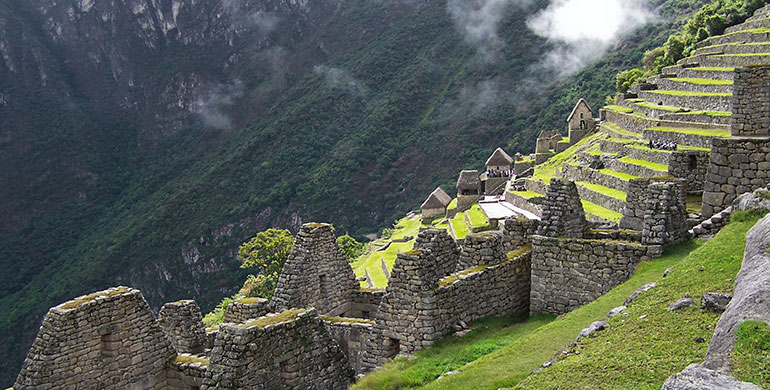
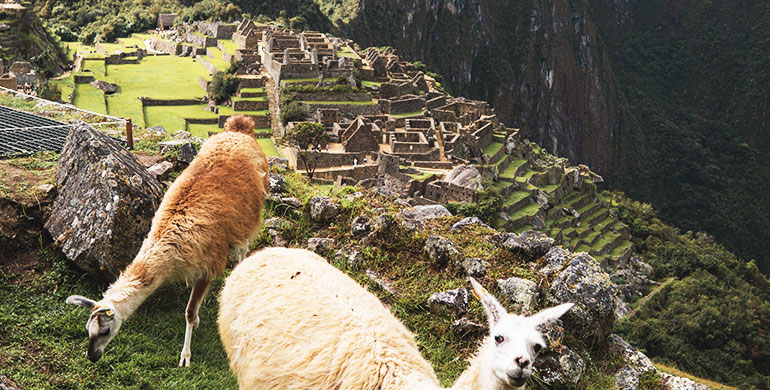
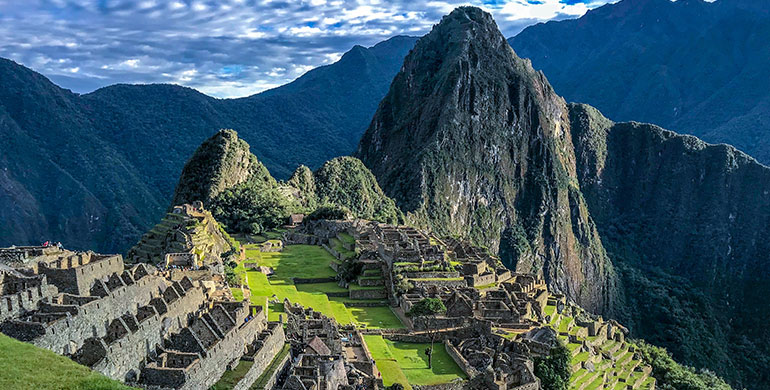
- Cusco City: Cusco City is located in southeastern Peru, near the Andes Mountains. It was the capital of the Incan Empire and is considered the historic capital of Peru. Cusco City is also a UNESCO World Heritage Site and attracts many visitors each year who come to explore its colonial architecture, archaeological sites, and vibrant culture. Some popular attractions in Cusco City include the Plaza de Armas, the historic center of the city that is lined with colonial-era buildings and churches; the Inca ruins of Sacsayhuaman, located just outside of the city and known for its impressive stonework; and the Coricancha, a former Inca temple that was later converted into a Spanish church. Visitors can also take part in cultural activities such as traditional music and dance performances, or explore the local markets to sample Peruvian cuisine and buy traditional handicrafts. Cusco City is often used as a starting point for visiting Machu Picchu and other nearby historical sites. Visitors can reach Cusco City by air or land, and there are many options for accommodation, from budget hostels to luxury hotels.

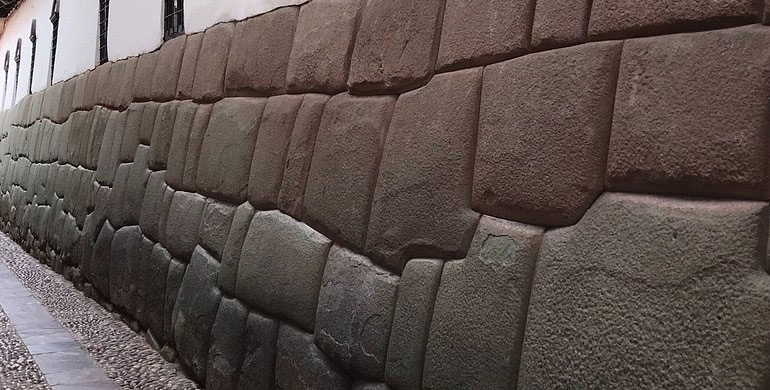

- Sacsayhuaman: Sacsayhuaman is an Incan fortress located on a hill above of Cusco City, Peru. It was built in the 15th century as a military stronghold and served as an important site during the Spanish conquest of Peru. The fortress is built from massive stone blocks that were quarried and transported from miles away. The site is famous for its impressive stonework, including walls made of massive, perfectly fitted stone blocks. The largest blocks weigh more than 100 tons and were transported from quarries several miles away. The site also includes a series of underground tunnels and water channels that were used for defense and as a source of water. In addition to its historical significance, Sacsayhuaman offers stunning views of the Cusco City and the surrounding mountains. Visitors can explore the ruins of the fortress and learn about its history and significance from local guides. The site is also used for cultural and religious events, including the Inti Raymi festival, a traditional Incan celebration of the winter solstice. Visitors can reach Sacsayhuaman by taking a short taxi ride or walking from the Cusco City. There are several tour companies that offer guided visits to the site, and visitors can also explore the site on their own. It is important to wear comfortable shoes as the site is located on a steep hill and involves a lot of walking.
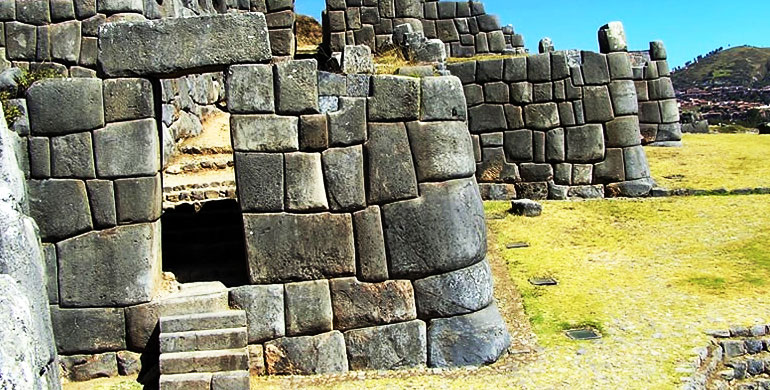
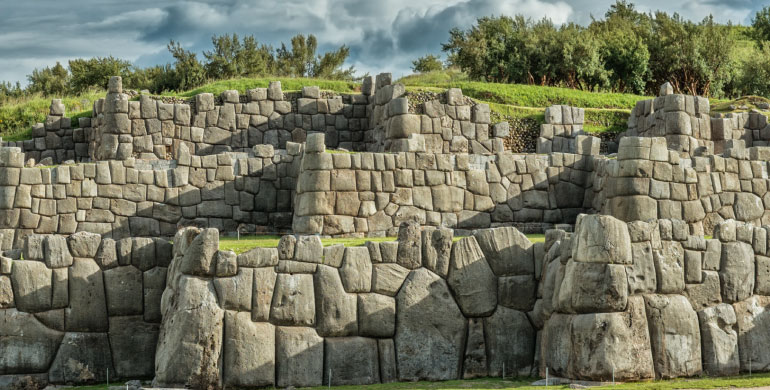
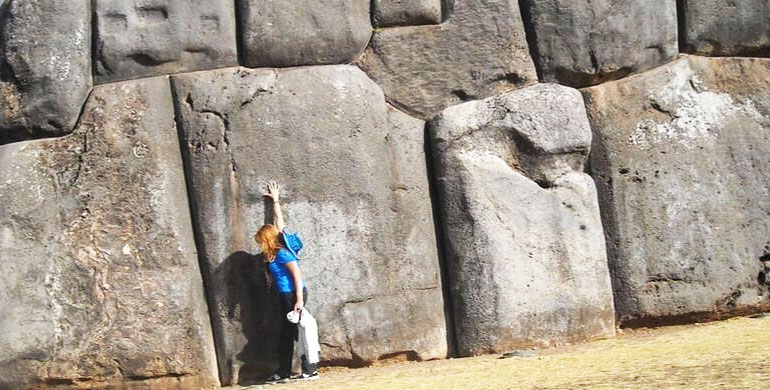
- Ollantaytambo: Ollantaytambo is a town and archaeological site located in the Sacred Valley of the Incas, about 60 kilometers northwest of Cusco City. The site was once a stronghold of the Inca Empire, and its ruins include a massive fortress, a temple complex, and a series of terraces and aqueducts. The fortress of Ollantaytambo was built during the reign of the Inca Emperor Pachacuti in the late 15th century. It was used both as a military stronghold and as a site for religious ceremonies. The site is notable for its impressive stone architecture, including massive blocks of stone that were quarried from nearby mountains and transported to the site using a system of ramps and pulleys. In addition to the fortress, Ollantaytambo also contains a series of temples and other religious structures, including the Temple of the Sun, which features a massive carved stone altar. The town of Ollantaytambo is also a popular destination for tourists, with its narrow cobbled streets and traditional Inca-style architecture. Visitors to Ollantaytambo can explore the ruins of the fortress and temples and learn about the history and culture of the Inca Empire from local guides. There are several tour companies that offer guided visits to the site, and visitors can also explore the site on their own. It is important to wear comfortable shoes and bring plenty of water and sunscreen, as the site can be hot and dusty.
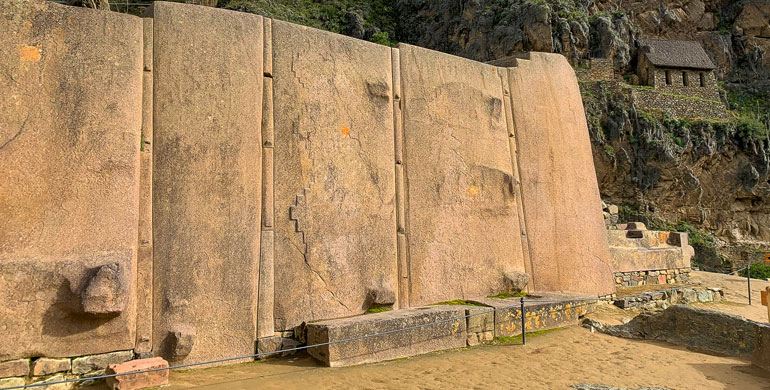
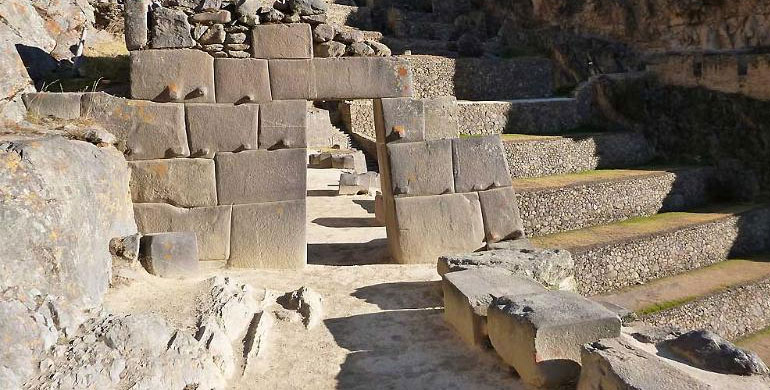

- Moray: Moray is an archaeological site located in the Sacred Valley of the Incas, about 50 kilometers northwest of Cusco City. The site consists of a series of circular terraces that were used by the Inca Empire for agricultural experiments and as a site for religious ceremonies. The terraces at Moray are arranged in concentric circles, with the largest terrace measuring over 30 meters deep. The terraces were constructed using a system of retaining walls and irrigation channels that allowed for the cultivation of a variety of crops, including maize, potatoes, and quinoa. In addition to its agricultural importance, Moray was also a site for religious ceremonies, with evidence of offerings and sacrifices found throughout the site. The site is believed to have been used as a site for the worship of the sun and other deities. Today, visitors to Moray can explore the circular terraces and learn about the history and culture of the Inca Empire from local guides. There are several tour companies that offer guided visits to the site, and visitors can also explore the site on their own. It is important to wear comfortable shoes and bring plenty of water and sunscreen, as the site can be hot and dusty.
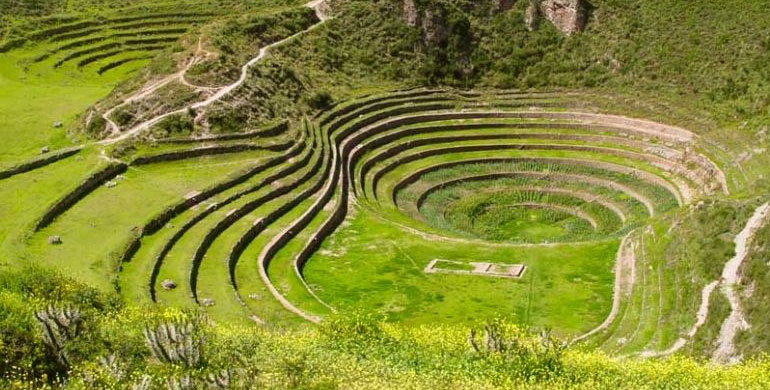


- Pisac: Pisac is a small town located in the Sacred Valley of the Incas, about 33 kilometers from Cusco City. The town is known for its Incan ruins, which are located on a hill overlooking the town. The Pisac ruins consist of a complex of temples, terraces, and houses that were built by the Incas. The Pisac ruins are one of the largest and most impressive Inca sites in the Sacred Valley. The site was originally built as a military fortress to protect the valley from invaders, but was later expanded to include religious and ceremonial buildings as well. Visitors to Pisac can explore the ruins and learn about the history and culture of the Inca Empire from local guides. The site is also known for its stunning views of the surrounding mountains and valleys. In addition to the ruins, Pisac is also known for its bustling market, which takes place every Sunday and attracts vendors and buyers from all over the region. The market is a great place to find local handicrafts, textiles, and souvenirs, as well as fresh produce and other local goods. Visitors to Pisac can also enjoy hiking and other outdoor activities in the surrounding hills and mountains. There are several tour companies that offer guided visits to the ruins and the surrounding area, as well as other activities such as horseback riding and mountain biking. It is important to wear comfortable shoes and bring plenty of water and sunscreen, as the site can be hot and dusty.

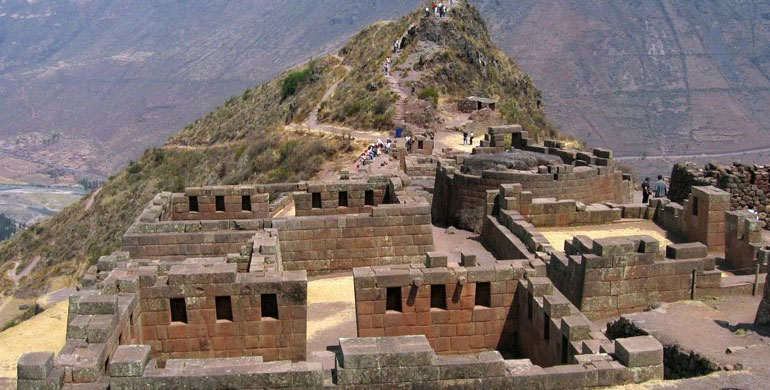
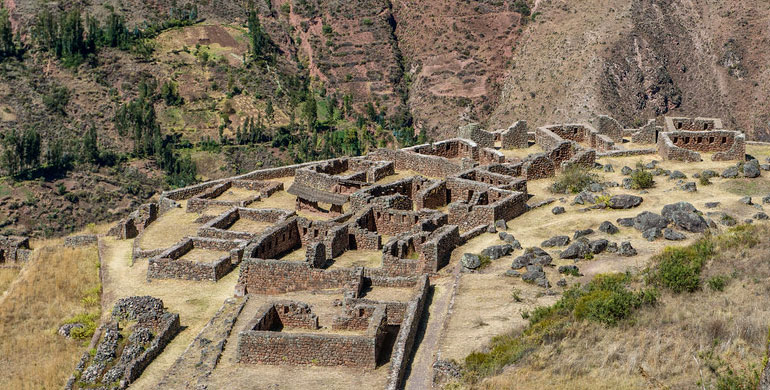
Continue reading: –>Part II
